By Maurizio Di Paolo Emilio, editor-in-chief, Power Electronics News
A robotic manipulator is programmable on three or more axes that specify the movements of a robot, either the robotic arms or body. These robotic manipulators are automatically controlled and reprogrammable without physical modification, and they are adaptable to different applications of the control system. Originally designed to handle applications in harsh or inaccessible environments, today’s industrial systems are more and more complex and integrate robotics that perform many previously manual operations in a more precise and faster way than a human could do.
A robotic system primarily consists of four subsystems: mechanical, actuator, measurement, and control. A key challenge is that the requirements for low speed and high torque for motion control of the joints doesn’t allow the mechanical characteristics of the servomotors to be leveraged effectively, which, contrarily, produces high speed and low torque under optimum operating conditions.
Therefore, the function of a drive unit is to ensure that the speed and torque of the motors and the loads are compatible and enable the transfer of mechanical torque from one to the other. The transmission components also make it possible to improve static and dynamic performance by lightening the mechanical structure through the positioning of the motors at the base of the robot.
Joint movement is entrusted to motors that allow the desired motion of the mechanical structure. Among the three key types — permanent magnet, direct current (brushed), and electronic commutation (brushless) electric motors — the one that best optimizes the requirements for low inertia and high positioning accuracy is the brushless DC motor, or BLDC.
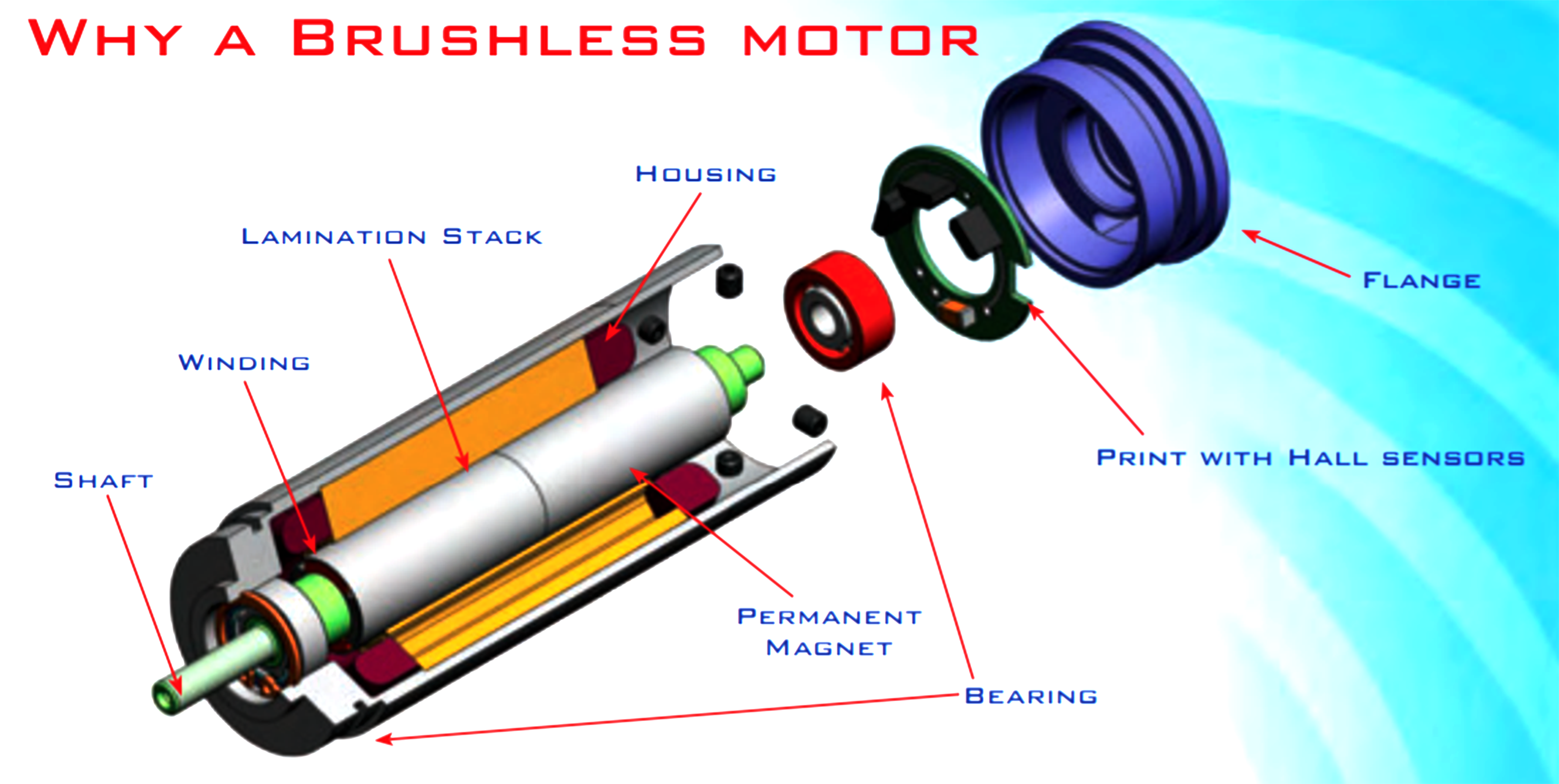
Fig. 1: A brushless DC motor diagram (Image: Portescap)
BLDCs have no mechanical switching compared to brushed motors that use mechanical switching in which rotating armatures with brushes are used to make electrical connections.
The reduction of moving parts gives the brushless motors a long life, limited only by the wear of the ball bearings. In addition, the windings improve heat dissipation and overload capacity, offering high efficiency compared to other DC solutions.
Due to the lack of brushes, a BLDC also exhibits excellent durability and low noise characteristics. There are two main types of structures: surface permanent magnet (SPM) and internal permanent magnet (IPM). SPM motors have the magnets attached to the exterior of the rotor surface. IPM motors, instead, have the permanent magnet embedded into the rotor itself.
DC motors and drivers
BLDCs offer high efficiency, but above all, excellent torque and speed values that are used in many applications. They use a stationary magnet with a rotating armature that combines various parts to provide electronic switching.
The design of a BLDC aims to optimize the torque, which represents the amount of rotational force of a motor, and is related to the magnet and coil winding. The greater the number of pole pairs in the magnet, the greater the motor torque.
One example is Portescap’s Ultra EC platform, consisting of three families — the ECS, ECT, and ECP. These brushless mini motor families, depending on torque and speed requirements, can be used in a range of applications. The patented U coil offers minimal iron losses, which delivers good efficiency, and cooler operation (Fig. 2 ).
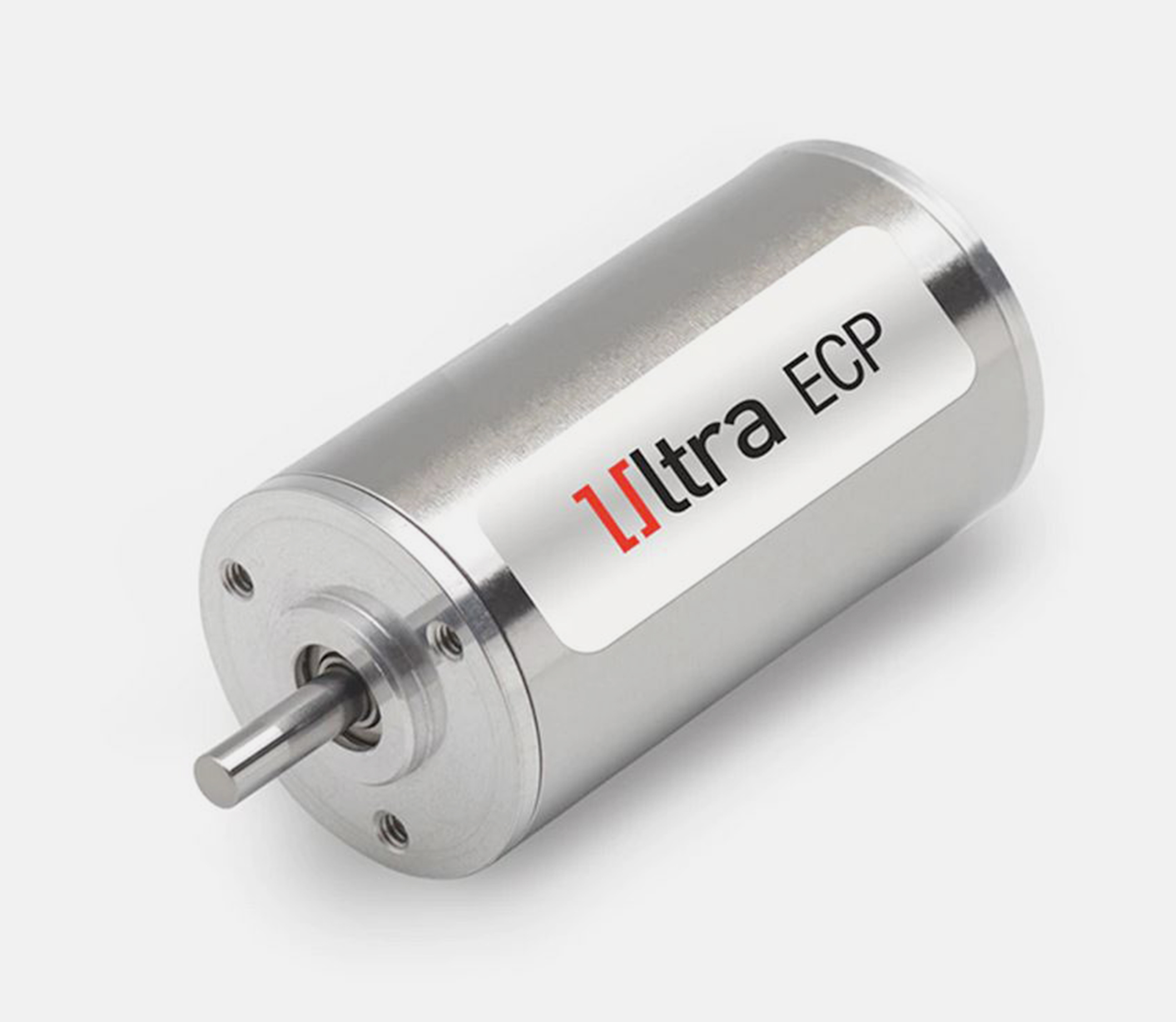
Fig. 2: Portescap’s Ultra EC motor (Image: Portescap)
Maxon Motor AG’s EC-i brushless motors are available in small diameters that are suitable for robotic applications. They offer a 30-mm diameter and are characterized by high-dynamic and high-torque features.
The EC-i family is available in several sizes, each in a standard version and a high-torque version, with a maximum nominal torque of up to 110 mNm at 75 W. In all versions, the EC-i 30 motors can be expanded with encoders, gearboxes, servo controllers, or positioning controllers (Fig. 3 ).
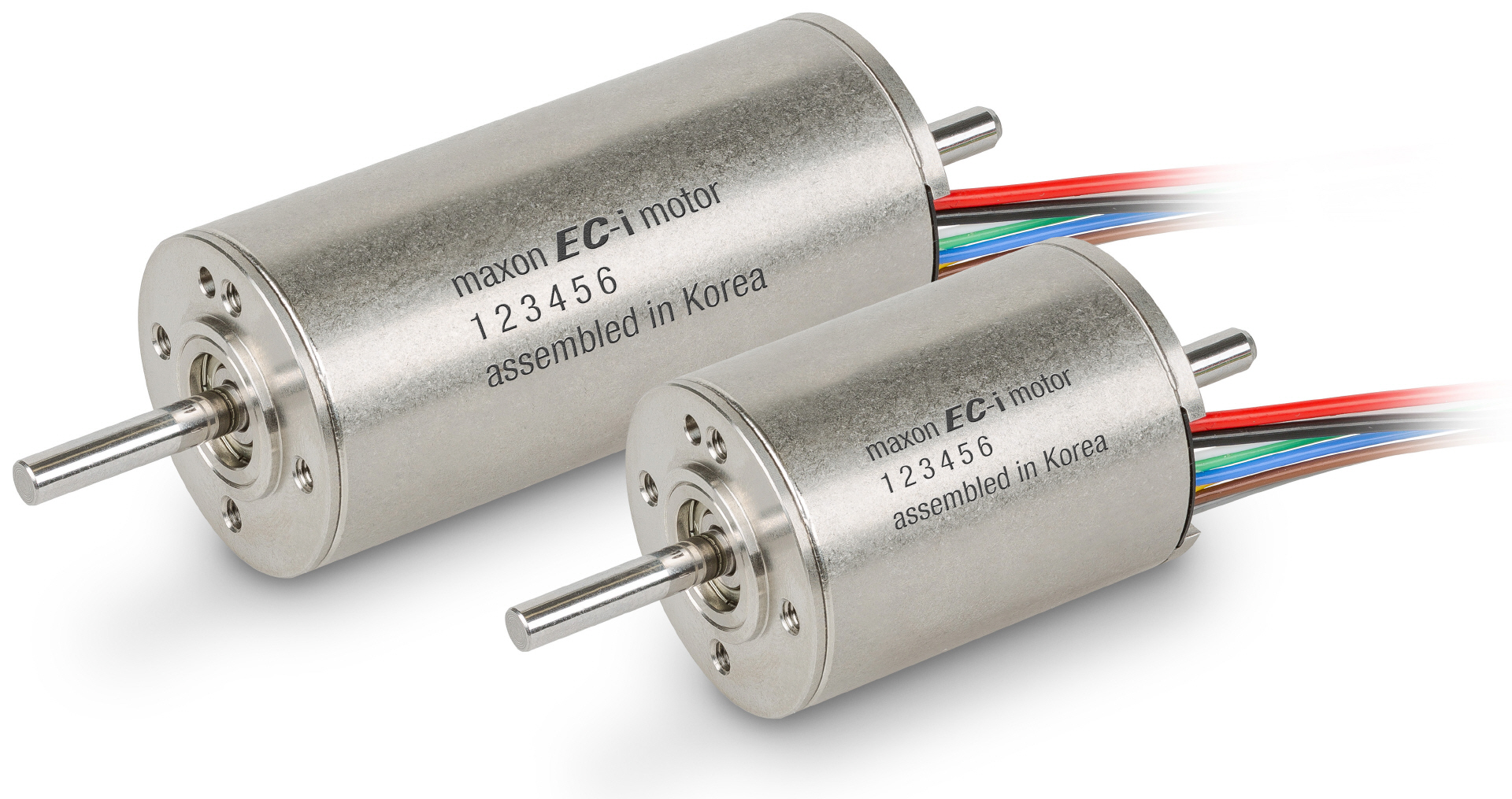
Fig. 3: Maxon Motor’s EC-i motor (Image: Maxon Motor)
STMicroelectronics, together with Maxon, has developed a new kit to accelerate the design of robotic and industrial applications. The EVALKIT-ROBOT-1 kit offers precise positioning in robotic applications.
The kit contains ST’s STSPIN32F0A intelligent three-phase controller and a complete inverter stage, built with ST power transistors ready for connection to the motor. The STSPIN32F0A contains critical motor control circuits, including an STM32F031C6 microcontroller and a three-phase inverter driver in a compact 7 × 7-mm VFQFPN package (Fig. 4 ).
Motor control firmware allows designers to start the engine and start sending commands to easily optimize their project. The kit includes a 100-W Maxon BLDC motor (EC-i 40) with a built-in 1024-pulse incremental encoder. Also included are Hall sensors for rotor-position detection.
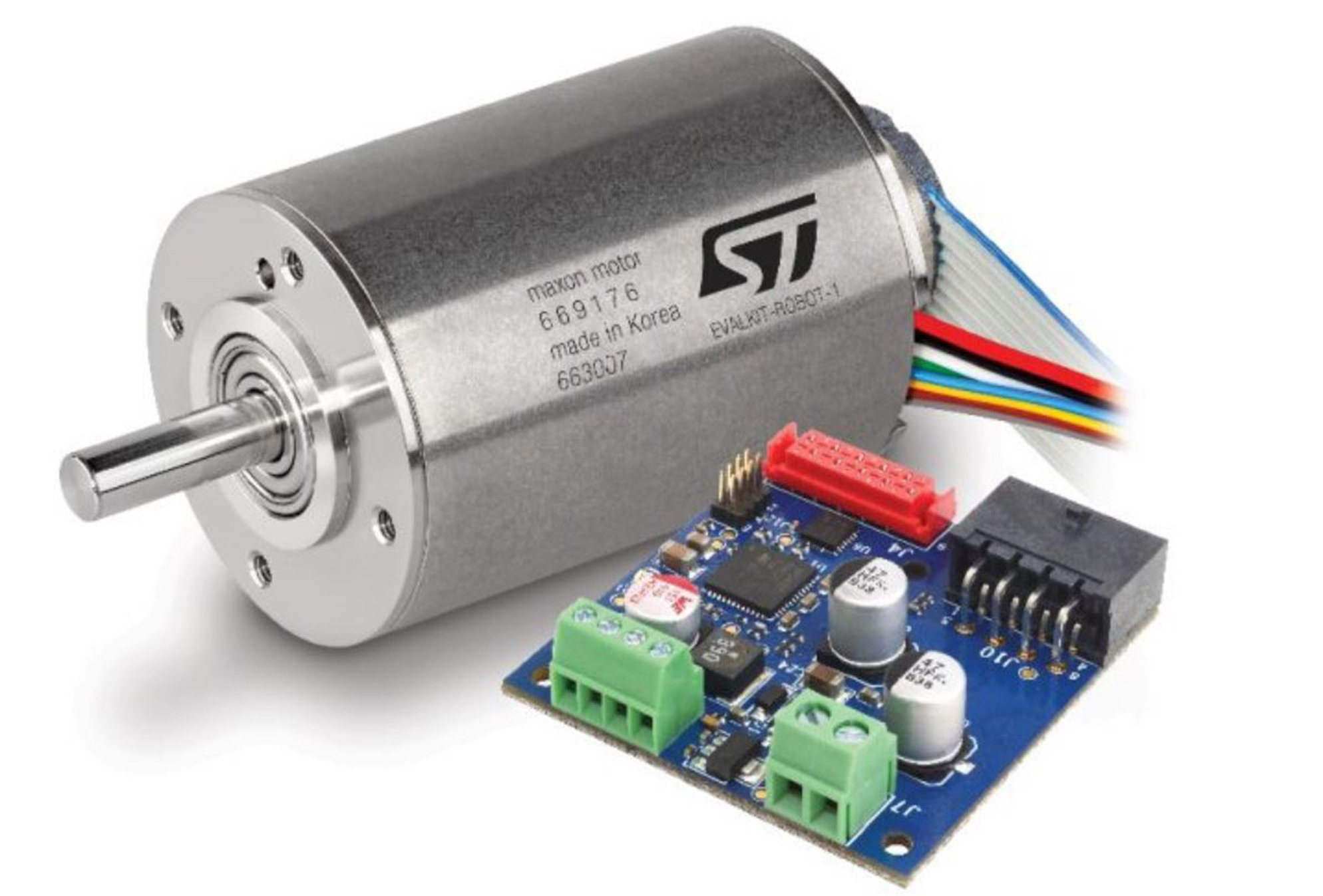
Fig. 4: The ST EVALKIT-ROBOT-1 development kit (Image: STMicroelectronics)
A BLDC motor is quite efficient, but the pressure to meet increasingly stringent demands requires companies to improve not only the construction of the motor but also the driver. In particular, they are working to reduce overall energy consumption and optimize thermal management.
In many cases, these designs incorporate integrated drivers that minimize the number of external components required and system-on-chip solutions that allow for a high level of integration. Benefits include space and energy savings, improved overall system reliability, and reduced costs.
Because the BLDC does not have a structure to switch the direction of the current mechanically, this must be done electronically. The waveforms can be divided into two main types: trapezoidal and sinusoidal. Due to the temperature limitations and costs, there are cases when the position of the rotor (magnet) is estimated from the three-phase current or induced voltage without using the sensors.
Drivers must ensure correct motor control so that they can control speed and direction accordingly in the application. Modern microcontrollers (MCUs) are perfect for providing the level of performance and computational functionality needed to develop high-efficiency control loops for DC (and AC) electric motors.
Many MCUs support signal-processing functions that allow complex algorithms to be processed in real time using positioning data. This is important because more and more applications are trying to eliminate sensors that provide positioning data. There are many MCUs that have peripherals specifically designed for motor control applications.
For example, Renesas Electronics’ RL78/G14 microcontrollers balance the current consumption level with low levels of current drain (66 μ/MHz when the CPU is in operation and 240 nA in standby, or STOP, mode), offering a high-calculation performance of 51.2 DMIPS (32 MHz). The integrated safety functions support the safety standard, IEC/UL 60730, for household appliances.
In BLDC motors, the drive also becomes more complex. The speed and torque are controlled by the on/off duration ratio of the transients; normally, this takes the form of a PWM signal used to drive the windings. This condition is further complicated by the use of single-phase, two-phase, and three-phase motors. Today, many integrated devices are used as a drive stage. Typically, they include gate drivers to drive external power MOSFETs that are used to excite up to three phases of a motor.
The motor requires a high amount of current while the controller circuit operates on low-current signals. So the function of the motor drivers is to take a low-current control signal and then transform it into a higher-current signal that can drive a motor.
Infineon Technologies AG offers a variety of integrated products for controlling variable speed drives. The iMOTION ICs integrate all the control and analog interface functions required for sensorless field-oriented control (FOC). In addition, they feature the company’s proven motor control engine (MCE) algorithm that eliminates software coding from the control protocol development process.
Another space saver are the smart gate drivers from Texas Instruments Inc. (TI). These drivers integrate passive components to reduce board size, component count, complexity, and design costs. They also enable designers to optimize switching and electromagnetic interference (EMI) performance.
In its extensive driver portfolio, TI offers the DRV8313 with three individually controllable half-H-bridge drivers. The device is designed to drive a three-phase brushless DC motor, although it can also be used to drive solenoids or other loads. An integrated comparator allows the construction of current-limiting circuits or other functions.
Another example is the TC78B025FTG brushless three-phase motor driver IC with a closed-loop speed control function from Toshiba Electronic Devices & Storage Corp. The device operates with a power supply in the voltage range of 4.5 V to 16 V and provides a sine drive with 150° switching. The low ON resistance of 0.2 Ω (typ.) reduces the IC’s self-heating during operation, thus extending the support to high driving currents.
Electrical isolation
In general, designers of electric motors know that they must comply with international insulation standards to prevent interference from an external source and to ensure the electrical safety of users. The use of digital isolation offers several benefits, including faster response, which allows for the integration of overcurrent protection and reduced downtime. This provides a more progressive variation in output voltages, thereby improving torque control.
Because photocouplers are based on optoelectronic technology, they are an extremely robust method of ensuring electrical isolation without any physical contact. This offers many advantages over the traditional approach based on the use of electromechanical components such as relays. Key benefits include wear-free operation, relatively low cost of complementary components, minimal board space, EMI immunity, high reliability, and long operating life.
In motor drive applications, two main parts of the circuit require isolation: the gate drive for the insulated gate bipolar transistor, or IGBT (devices with a collector and emitter on one side and driven by a gate on the other), in bridge inverters and the current-phase detection in the motor. Phase-current sensing provides protection to the IGBT and feedback to the controller to maintain control over the closed-loop current.
Here are a few examples of photocouplers that can be used in robotic applications:
The RV1S92xxA and RV1S22xxA photocouplers, with a package length of 2.5 mm, from Renesas Electronics Corp. allow the PCB area to be reduced by 35% compared to similar devices, helping designers reduce the size of their robotic systems. Thanks to their reinforced insulation, the RV1S92xxA and RV1S22xxA allow 200-V and 400-V systems to exceed safety standards. All devices comply with the stringent UL61800-5-1 motor control standards and UL61010-2-201, which applies to control systems such as PLCs (Fig. 5 ).
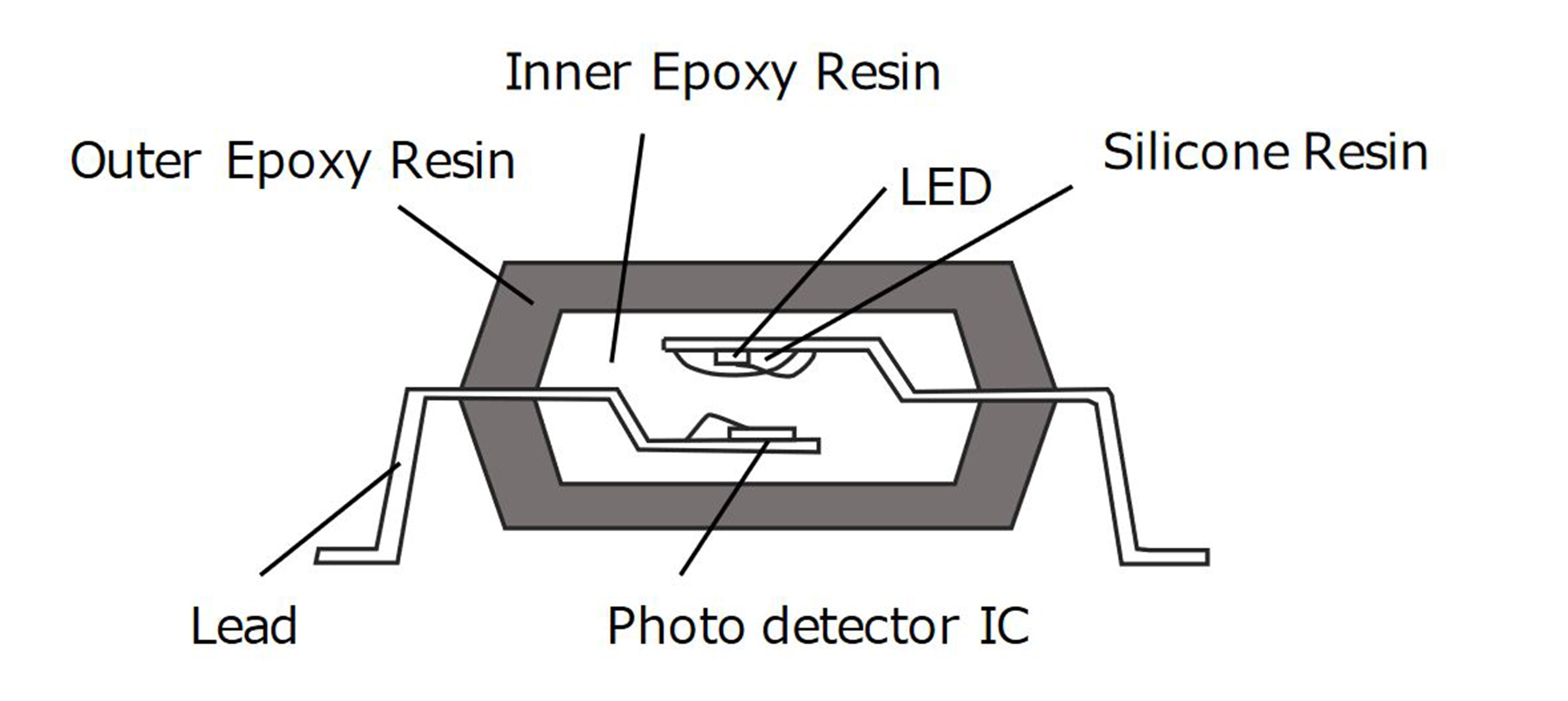
Fig. 5: Cross-section view of Renesas Electronics’ RV1S92xxA and RV1S22xxA (Image: Renesas)
Toshiba’s TLP5214 is a highly integrated 4-A output current IGBT gate drive photocoupler housed in a SO16L package. The TLP5214 has advanced built-in features such as IGBT desaturation detection, isolated fault status feedback, soft IGBT shutdown, active Miller blocking, and undervoltage blocking (UVLO). It is suitable for driving IGBTs and power MOSFETs used in inverter applications.
Conclusion
Whether the motor is used in industrial or non-industrial operating environments, the design of high-end motion controls with accurate positioning capabilities is complex and requires extremely reliable drive solutions and optimal mechanical construction.
In more recent years, electric motors have also been linked to emerging robotic applications such as drones and Agriculture 4.0, which have seen accelerated advancements thanks to new manufacturing systems such as rapid prototyping, dedicated operating systems, and integrated control systems.
Advertisement
Learn more about Electronic Products MagazineInfineon TechnologiesMaxon Precision MotorsPortescapRenesas Electronics AmericaSTMicroelectronicsTexas InstrumentsToshiba Electronics Europe





